/ per pack
Choose seeds per pack:
Botanical nomenclature: adansonia madagascariensis
Common name: baobáb, madagascar baobab, mahajanga baobab
Family: bombaceae
Origin: madagascar
Height: 10 – 35 meters of height and 4 meters of diameter
Luminosity: full sun
Specified threat of extinction and included in the red list of iucn (2011).
One of the six species of endemic baobab of madagascar.
Their flowers are red, global and subglobable fruits, between 10 – 15 cm length and long, variable forms of trunks in the form of a bottle and with cylindrical crown and irregular.
The baobá madagascariensis is a very rare species in cultivation, their seeds are alot of time confused with the baobá grandidieri and generally offered on the web that way; this confusion is overlooked by the fact that the forms of the fruits of adansonia madagascariensis are similar to adansonia grandidieri.
On changes, the difference is evident as for the form of the cotilédones and the first leaves:
– a.grandidieri: cotilédones are short, grossos and corrugated. First leaves are fine and irregular, and quickly new leaves are subdivided.
– a. Madagascariensis: the cotilédones are great, fine and plain. The first leaves are generally long and simple, with bright and intense green coloring, and the new leafs are simple for many months.
We are proud to offer to our customers seeds of verified species ..
The seeds of adansonia madagascariensis are less than the seeds of adansonia grandidieri.
The species can reach up to 35 meters of height in its origin habitat, their flowers are great, red and aromatic.
This is the famous baobá of mahajunga province.
Normally grows in open forest, many times in rocky areas, but also found in monos forest.
Enough suitable for cultivation in tropical climates, where they require soils drawn. Sandy soil, lots of water and sun in summer and dry in winter.
One of the most notable characteristics of those trees is your ability to withdraw trademarks and enrollments to enough complexes in a state legislable for periods higher than 100 years. Records in their trunks and fruits are part of the history today.
All the parts of the tree are and were used as food, drink production, among others. The leaves and roots are served in salads, the fruit pulp is added to auxiliate the fermentation of the sugar cane to make beers, thickness agent in sweet soups, adding spicy flavor in hot sauces, and the seeds are used in soups or consumptions cooked and sugared.
The great fruits and pendulums are an important source of vitamin c, containing up to ten times the vitaminic content of the oranges.
A huge pride to add up this magnifying exemplary to our collection.
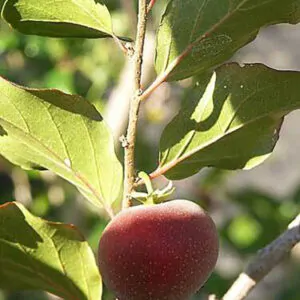
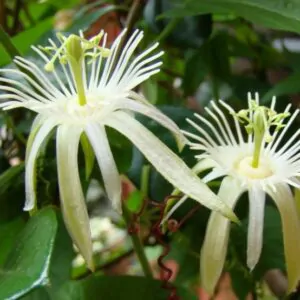
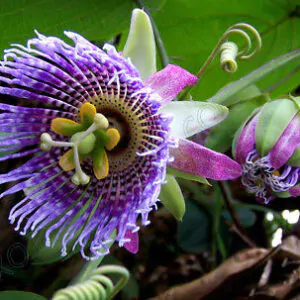
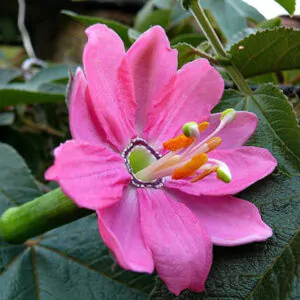
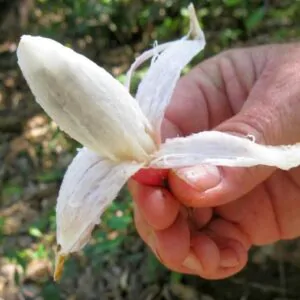
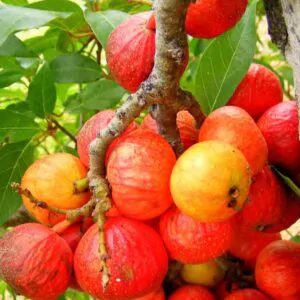
| Cookie | Duration | Description |
|---|---|---|
| cookielawinfo-checkbox-analytics | 11 months | This cookie is set by GDPR Cookie Consent plugin. The cookie is used to store the user consent for the cookies in the category "Analytics". |
| cookielawinfo-checkbox-functional | 11 months | The cookie is set by GDPR cookie consent to record the user consent for the cookies in the category "Functional". |
| cookielawinfo-checkbox-necessary | 11 months | This cookie is set by GDPR Cookie Consent plugin. The cookies is used to store the user consent for the cookies in the category "Necessary". |
| cookielawinfo-checkbox-others | 11 months | This cookie is set by GDPR Cookie Consent plugin. The cookie is used to store the user consent for the cookies in the category "Other. |
| cookielawinfo-checkbox-performance | 11 months | This cookie is set by GDPR Cookie Consent plugin. The cookie is used to store the user consent for the cookies in the category "Performance". |
| viewed_cookie_policy | 11 months | The cookie is set by the GDPR Cookie Consent plugin and is used to store whether or not user has consented to the use of cookies. It does not store any personal data. |